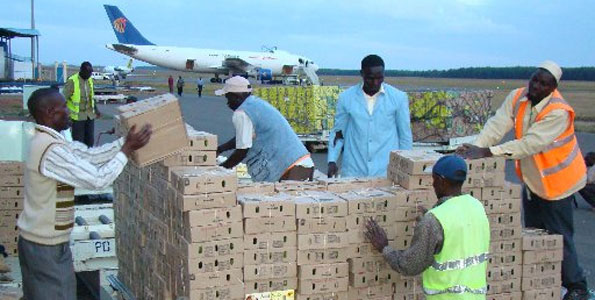Gold production slumps 15pc
ZIMBABWE’S gold production fell 15 percent to 19,3 tonnes in the first eight months of the year partly due to lack of funding by the small-scale miners to modernize operations.
According to data from the Fidelity Gold Refinery (FGR), Zimbabwe’s sole buyer of the “yellow metal,” output during the first eight months of the year was 15 percent ahead of 22,3 tonnes delivered during the same period last year.
The small-scale miners-traditionally the largest contributor to the country’s gold production have in the past decried the unwillingness of the banking sector to avail loans to the sector to modernize operations and boost production.
Zimbabwe is expecting to produce 40 tonnes of gold this year from 35.3 tonnes last year.
In an interview on Tuesday, Gold Miners Association of Zimbabwe chief executive Mr Irvin Chinyenze said it was still premature to “authoritatively conclude” that the 40-tonne target would not be met.
“We cannot pre-emptively say the target will or will not be met because there are a number of variables which contribute to the meeting of or failure to meet that particular target,” said Mr Chinyenze.
“There are some challenges within the sector and most notable is capitalisation. The financial services sector is not amenable to lending to small-scale miners without collateral as a banking requirement. To that end, we have had challenges in accessing financing and more so financing at reasonable lending rates.
“That on its own has serious obstacles towards boosting production and reaching the set targets because we are struggling to capitalize operations,” he added.
Between January and August this year, the small-scale mining industry delivered 11,7 tonnes compared to 14,7 tonnes in the same period last year.
Large-scale miners produced 7,7 tonnes between January and August this year compared to 7,6 tonnes in the corresponding period in 2022.
Gold is Zimbabwe’s single largest foreign currency earner.
Other factors that have contributed to a decline in gold production include pricing distortions, Mr Chinyenze said
“We have the issue of pricing distortion relative to the RTGS official rate and the parallel market rate.
“Where we secure some of our consumables…some suppliers use the parallel market rates…(and) that pushes up the price because we get the U.S dollar at premium rates.
-herald








